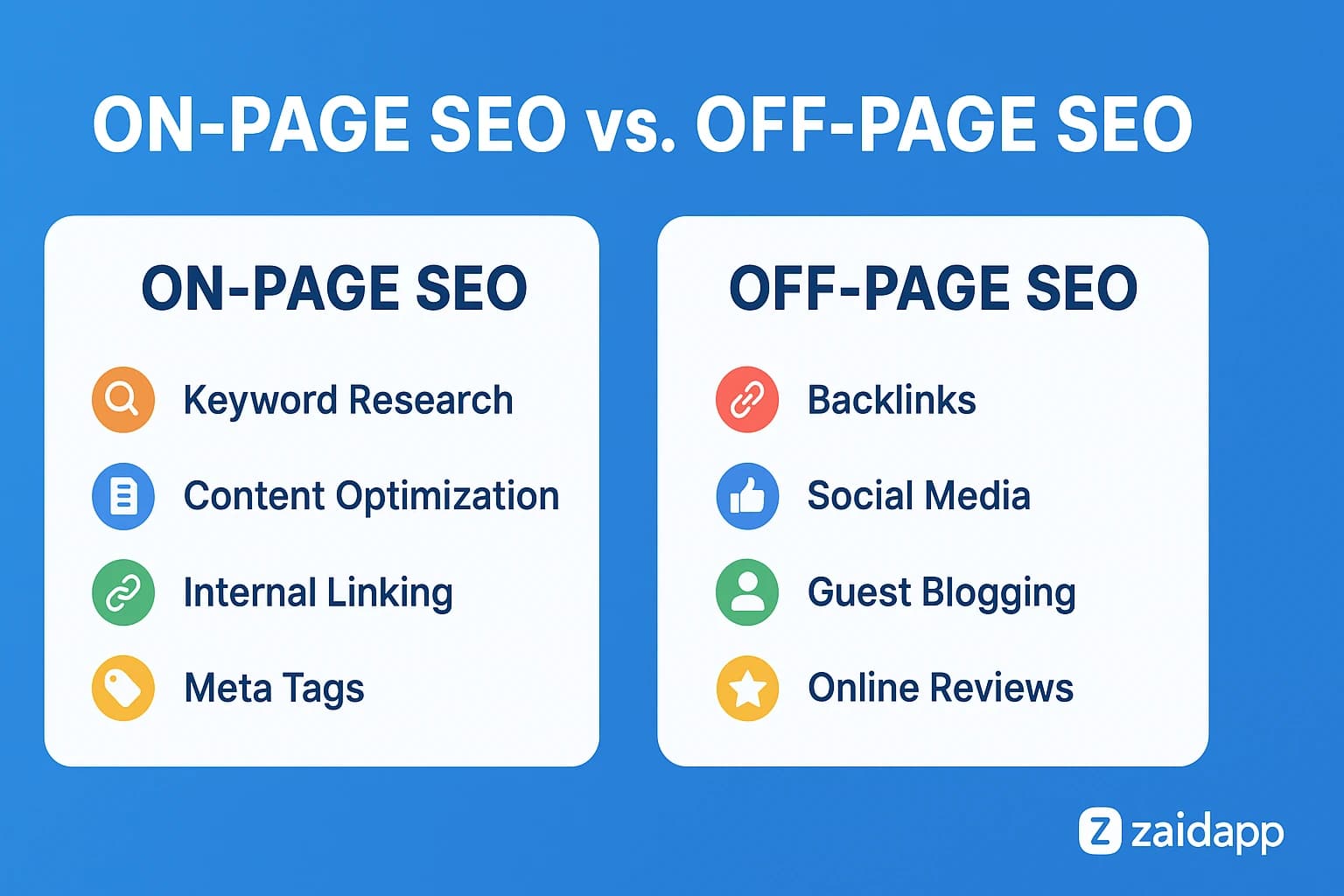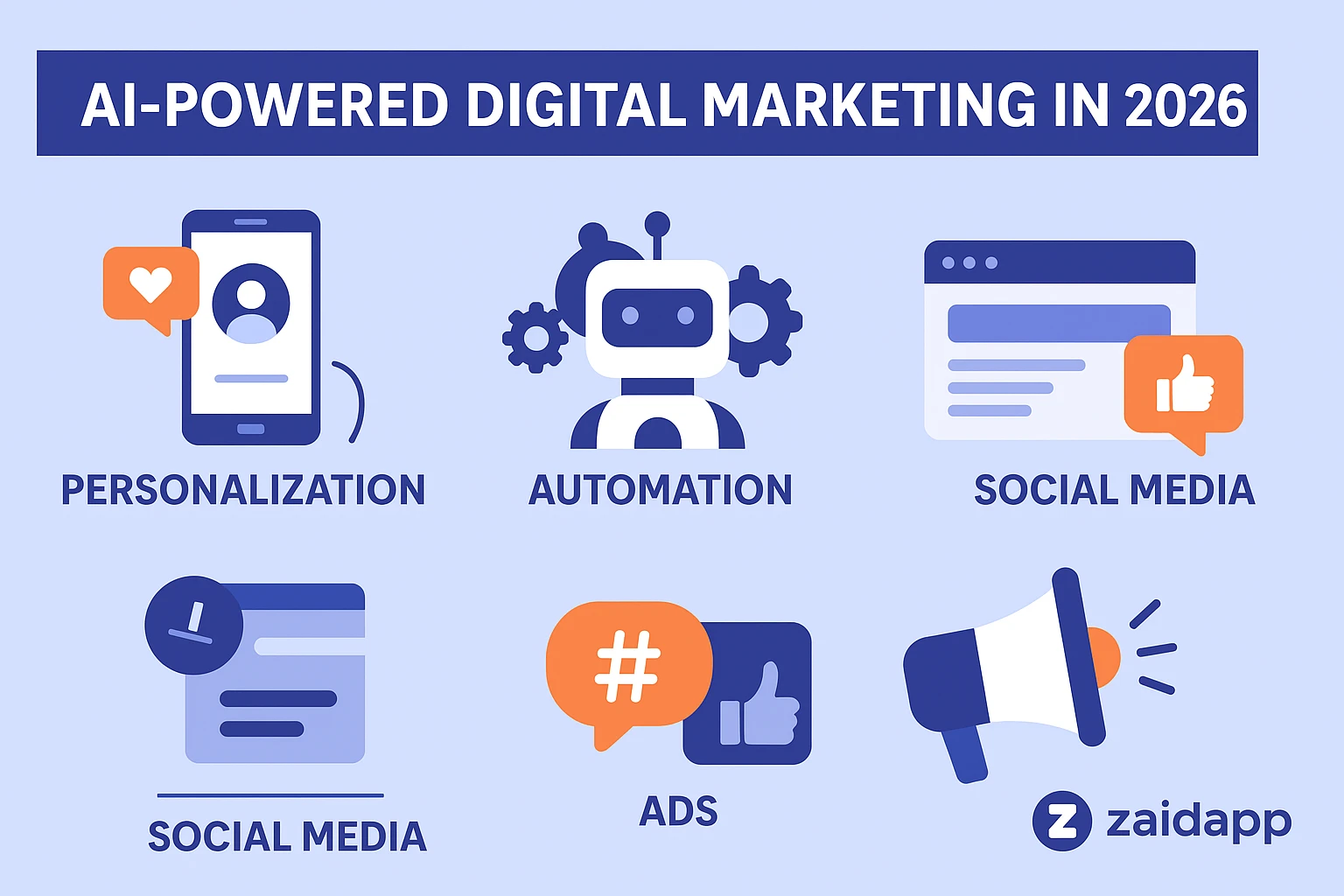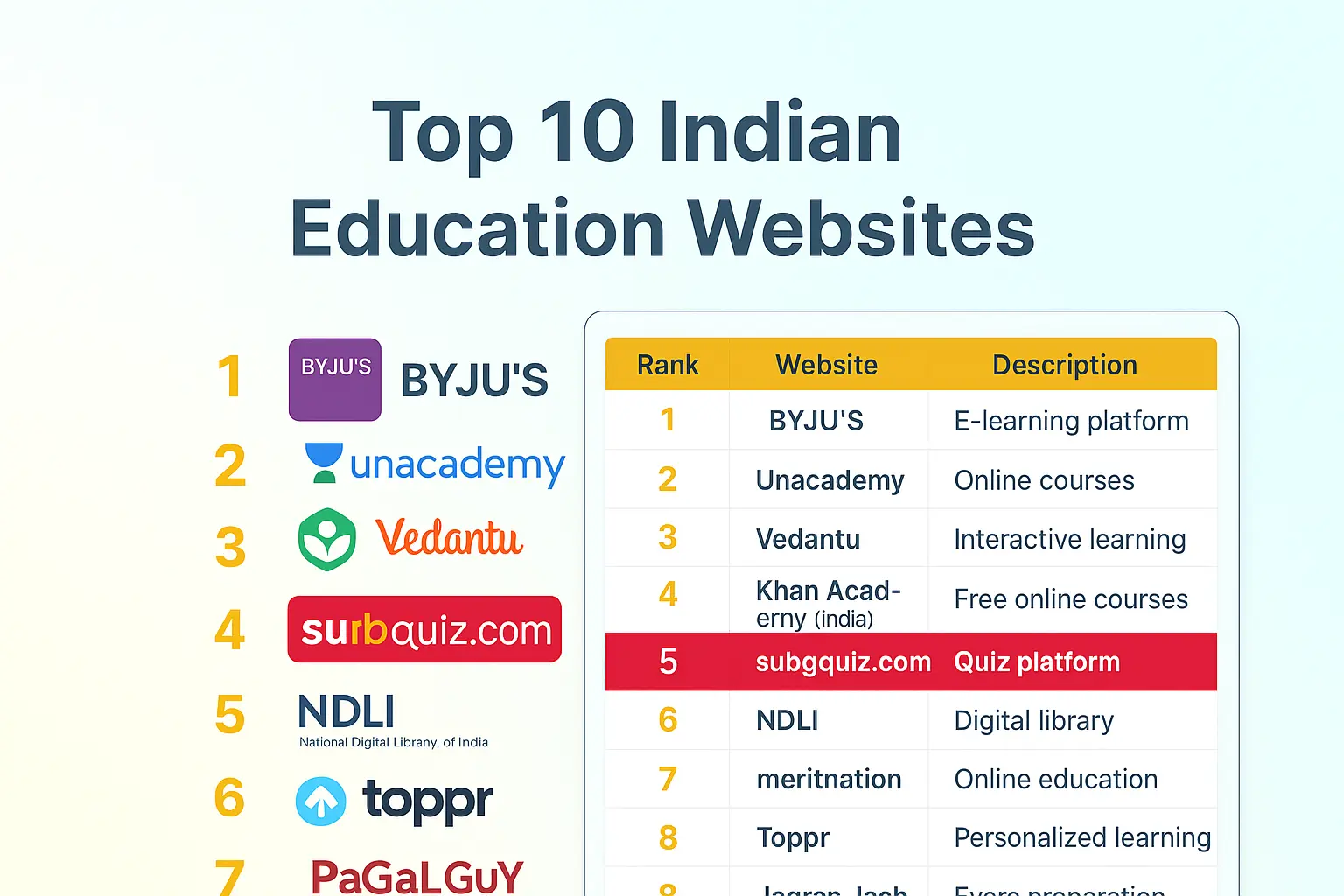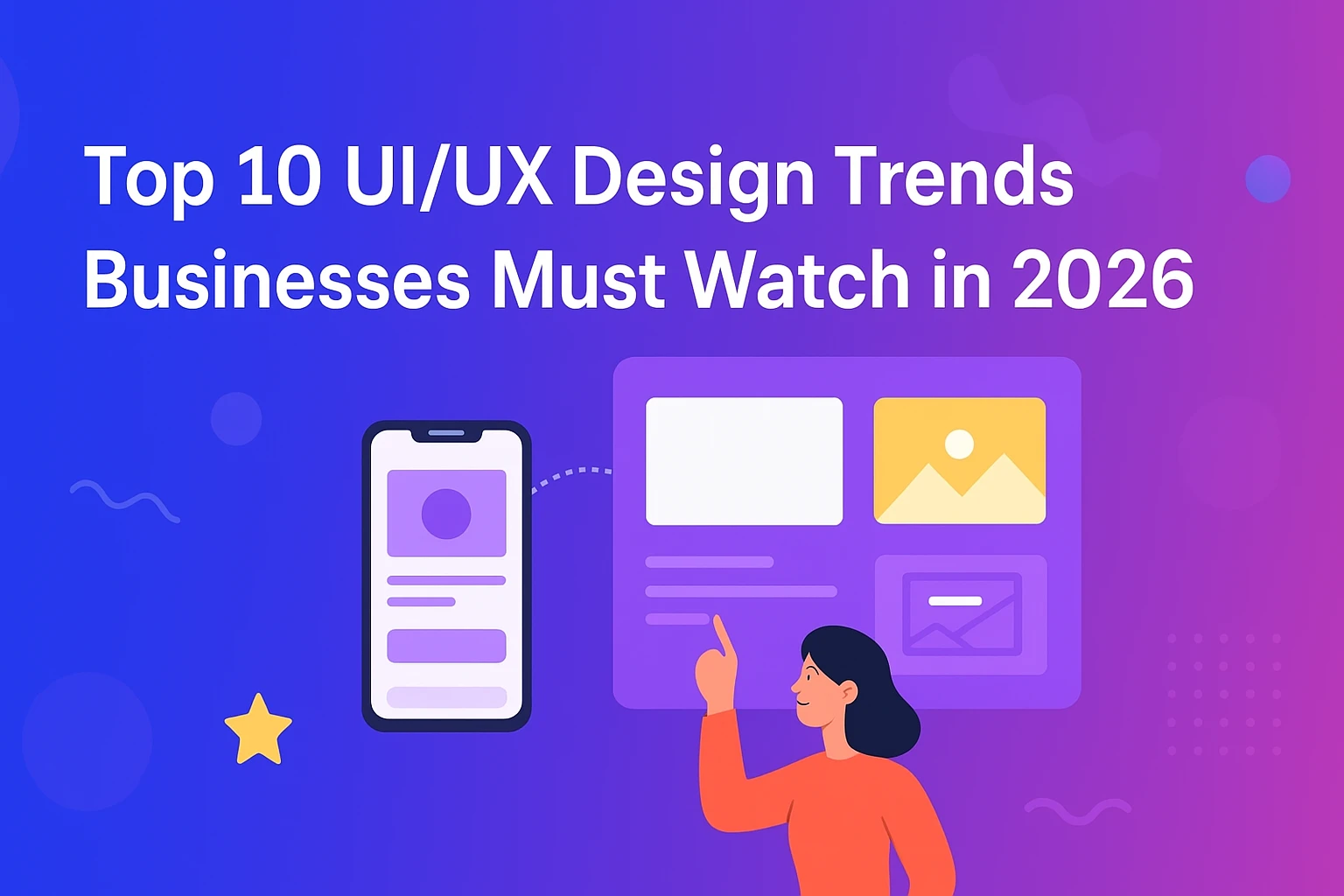Loading

Search engine optimization has always been a moving target, but in 2026, it’s evolving faster than ever. With artificial intelligence transforming how Google interprets content, businesses face tougher competition to stand out. User expectations are higher, algorithms are smarter, and attention spans are shorter. To succeed, websites need to go beyond old-school keyword stuffing and focus on delivering value through speed, relevance, and authority. This guide explores the top SEO strategies in 2026 for ranking faster on Google, so you can stay ahead of your competitors.
Google’s ranking algorithm in 2026 is far more advanced than in previous years. It’s no longer about single keywords—it’s about context, user intent, and overall experience. Websites are judged on how well they satisfy user needs, how credible their information is, and how quickly they deliver it. The emphasis is now on Core Web Vitals, AI-driven search analysis, and multimodal search experiences like voice and visual queries. Marketers must adapt by optimizing for these ranking factors to ensure long-term visibility.
Google continues to prioritize fast-loading, stable, and interactive websites. A delay of even one second in page load can lower rankings.
Machine learning helps Google understand user intent and filter out low-quality content, making AI-optimized content essential.
More users search with voice assistants and Google Lens, requiring optimization for conversational queries and image metadata.
On-page SEO has shifted from simply inserting keywords to creating highly structured, semantically rich content. In 2026, Google prefers content that provides depth, clarity, and context. Using AI-powered tools, marketers can analyze search intent and create topic clusters that capture multiple keyword variations. Additionally, formatting content for readability and optimizing for featured snippets gives websites a competitive edge.
AI-driven keyword research tools now reveal intent-based keywords that align with user behavior.
Instead of targeting one keyword, content is grouped into clusters to improve topical authority.
Content structured with concise answers and tables stands a better chance of capturing snippets.
A strong internal linking structure improves crawlability and boosts authority across pages.
No matter how great your content is, it won’t rank if your website fails on the technical side. Technical SEO in 2026 emphasizes fast-loading pages, mobile-first indexing, and structured data implementation. Search engines expect websites to function smoothly across devices and provide accurate metadata for AI-driven results. Neglecting these factors could mean losing rankings to competitors with more technically sound websites.
Improving load time and interaction speed boosts rankings and reduces bounce rates.
Your website must work seamlessly on phones, tablets, and desktops.
Schema markup helps search engines display rich snippets, boosting click-through rates.
Backlinks remain powerful in 2026, but it’s not just about numbers—it’s about quality and context. Google favors backlinks from authoritative, relevant websites while penalizing spammy link-building tactics. Beyond backlinks, digital PR, social media signals, and brand mentions play key roles in improving authority and trustworthiness. Building an online presence through partnerships, guest posts, and media coverage is essential for off-page SEO success.
Focus on editorial links from industry leaders rather than mass directory submissions.
News features, thought leadership articles, and brand coverage improve trust signals.
Engagement on platforms like LinkedIn, X, and TikTok indirectly boosts search visibility.
The SEO landscape is shifting with the rise of AI-generated content, video dominance, and conversational search. Businesses must balance automation with authenticity, ensuring human oversight of AI tools. Video optimization, especially on YouTube and TikTok, has become essential for capturing user attention. Additionally, conversational AI is changing how users interact with search engines, demanding a more natural, human-like approach to SEO.
AI speeds up content creation, but human editing ensures quality and originality.
Videos optimized with transcripts, keywords, and strong thumbnails rank higher.
Websites must adapt to long-tail, conversational queries to remain relevant.
For small businesses, local SEO remains a game-changer. Google Business Profile optimization, local citations, and customer reviews directly impact local search rankings. In 2026, hyperlocal SEO—focusing on neighborhoods and micro-locations—is more important than ever, as Google tailors results to precise geographic areas. Reputation management through reviews has also become critical, since star ratings appear directly in search results.
Accurate NAP (Name, Address, Phone) data ensures higher local visibility.
Targeting micro-locations increases conversions for nearby customers.
Positive customer reviews significantly boost local rankings and trust.
Tracking SEO success requires more than just monitoring keyword positions. In 2026, businesses measure results by engagement, conversions, and ROI. Advanced analytics tools help marketers understand not only where traffic comes from but also how users behave once they arrive. Success is defined by creating a seamless experience that turns visitors into customers while justifying SEO investment compared to paid ads.
Platforms like GA4 and AI-driven analytics provide deep performance insights.
Bounce rates, dwell time, and interactions show if content satisfies intent.
SEO offers long-term value compared to the short-term results of PPC.
Many businesses fail because they stick to outdated strategies. Common mistakes include overusing AI without human editing, ignoring mobile optimization, and neglecting structured data. Others focus only on backlinks without building brand authority. Avoiding these pitfalls ensures that your SEO strategy remains future-proof and compliant with Google’s evolving standards.
The future of SEO in 2026 is about balance—using advanced tools without losing the human touch. Google’s algorithms reward businesses that prioritize user intent, technical performance, and trustworthy authority. By focusing on on-page optimization, technical SEO, off-page strategies, and emerging trends like video and voice search, businesses can rank faster and stay ahead of the curve. SEO is no longer just a marketing strategy—it’s the backbone of digital growth.
 Previous Post
Previous PostDiscover the pros and cons of custom software development vs off-the-shelf solutions. Learn key differences, cost factors, scalability.
 Next Post
Next PostDiscover how AI is changing digital marketing in 2026 through advanced SEO, customer personalization, and AI-powered advertising strategies.
Please login to post a comment
No comments yet. Be the first to comment!

10/4/2025

9/5/2025

9/16/2025

10/14/2025

10/31/2025